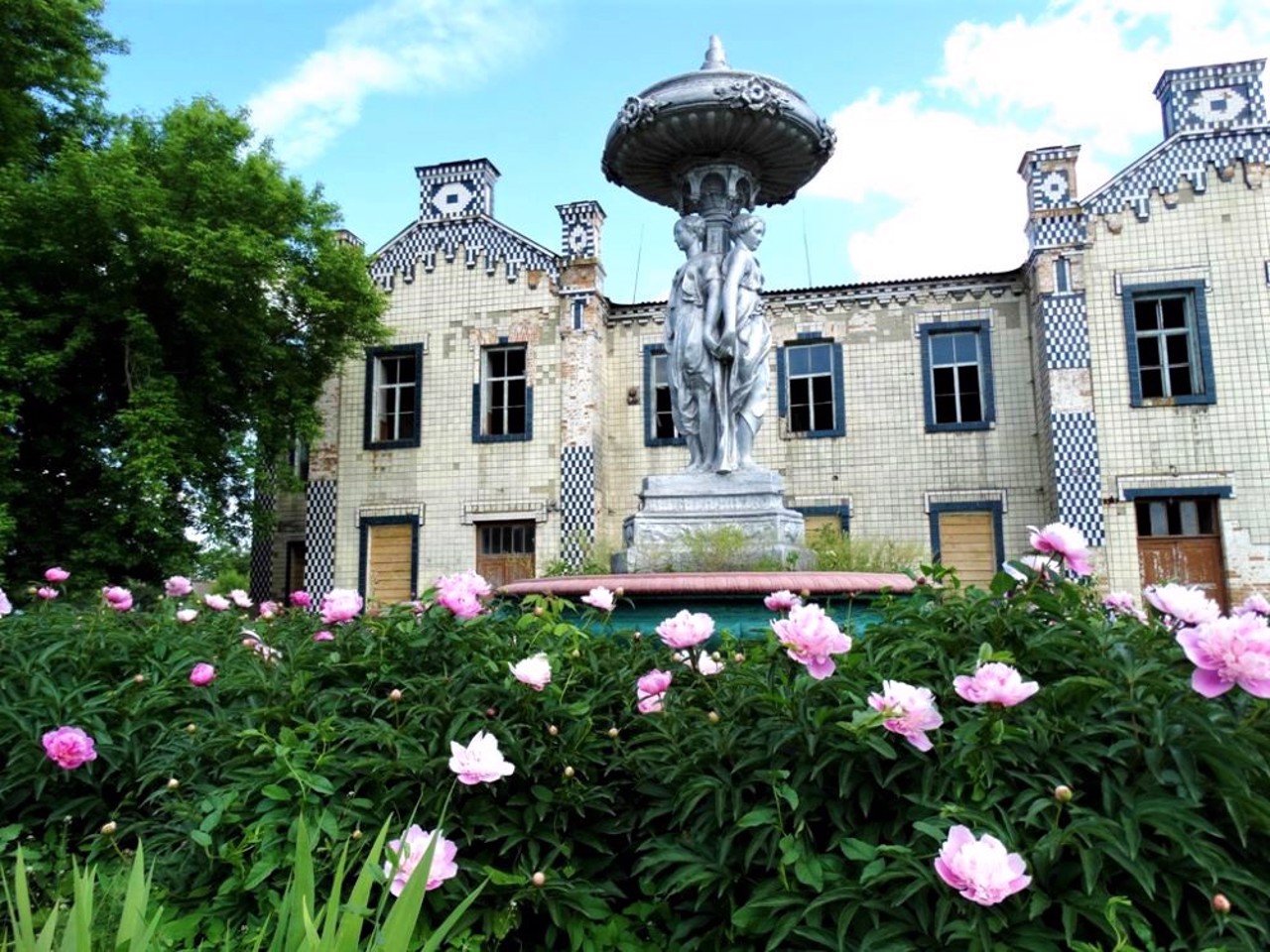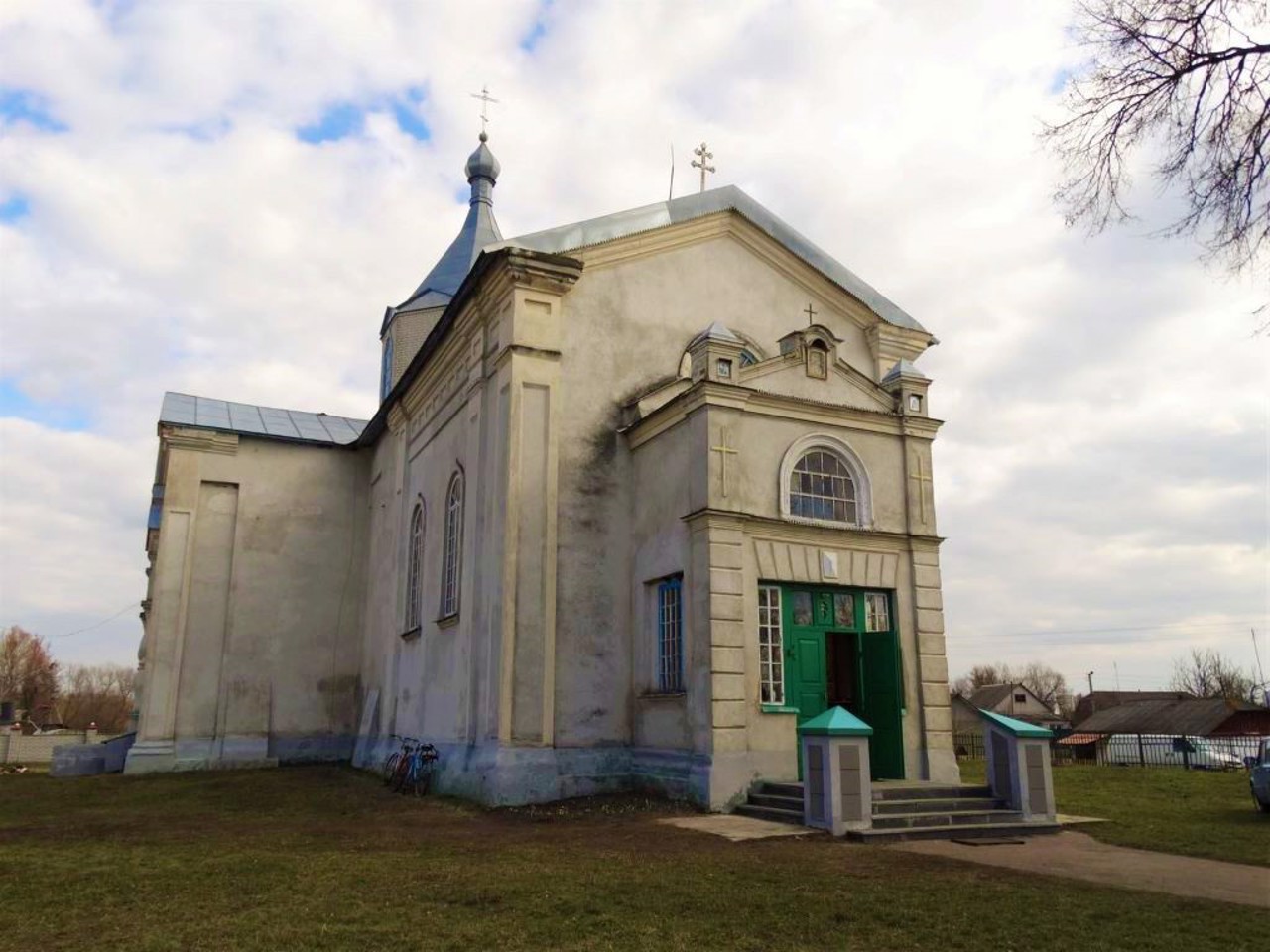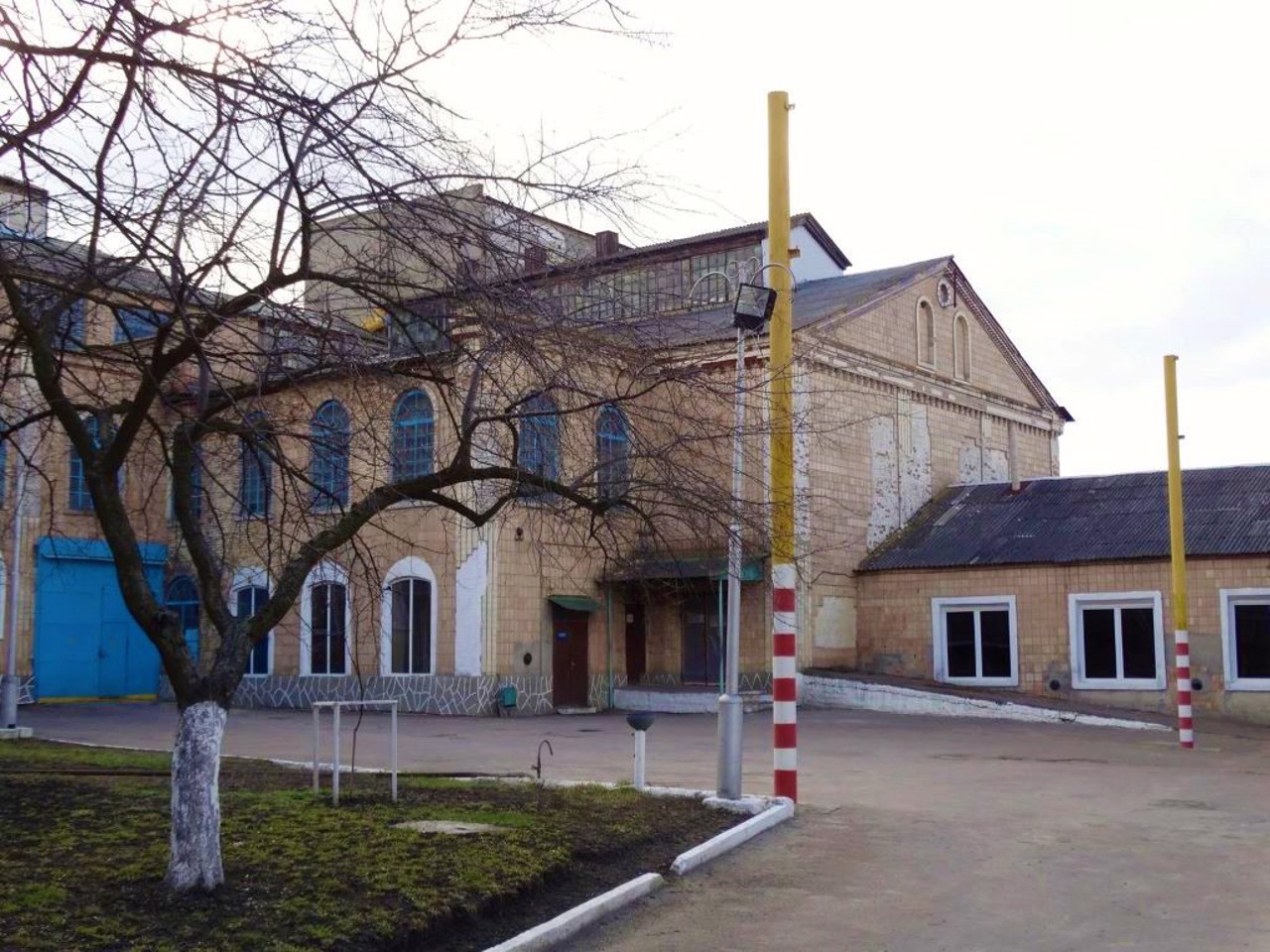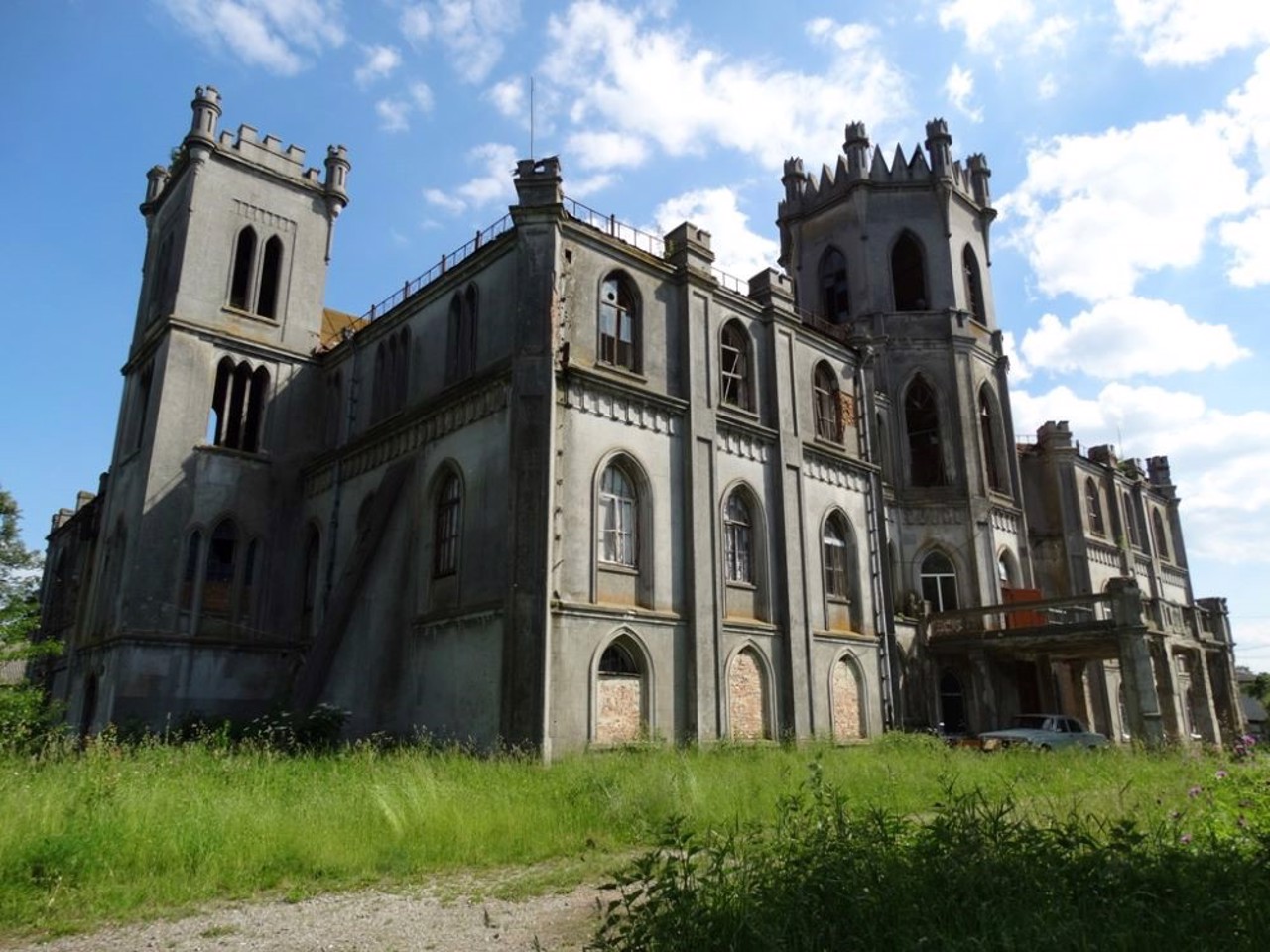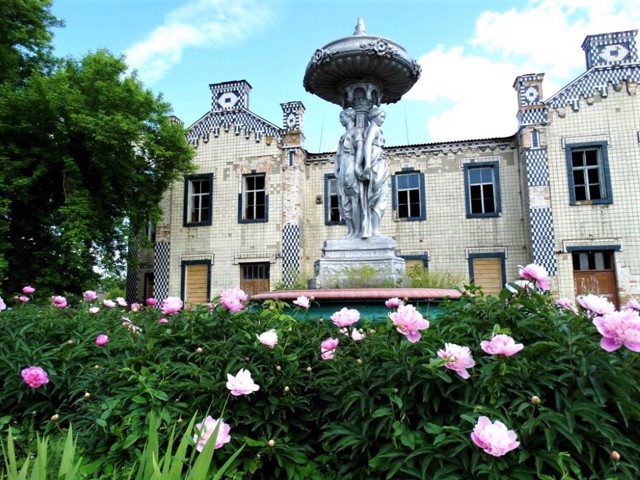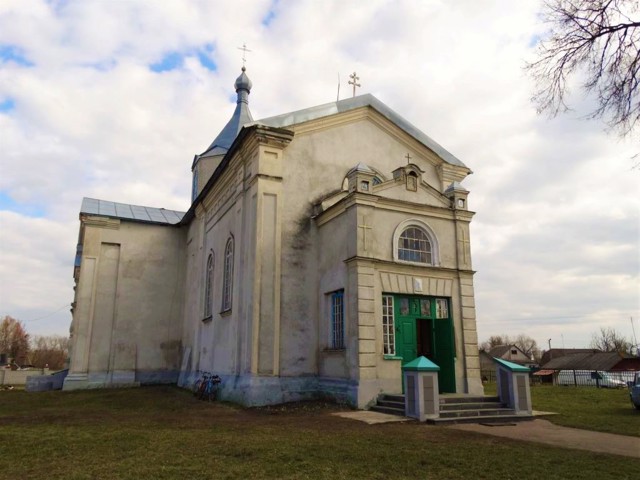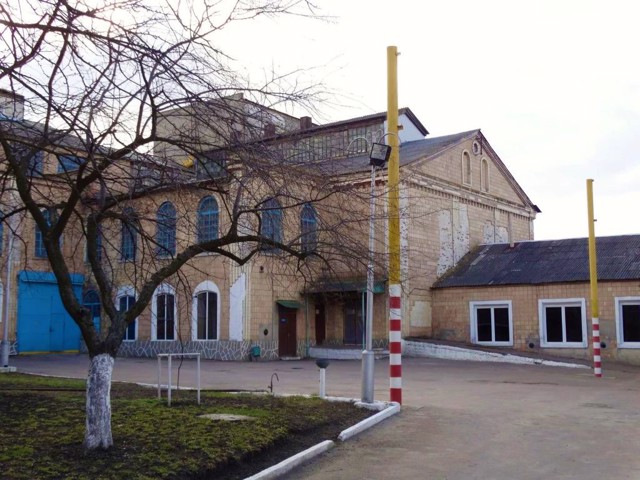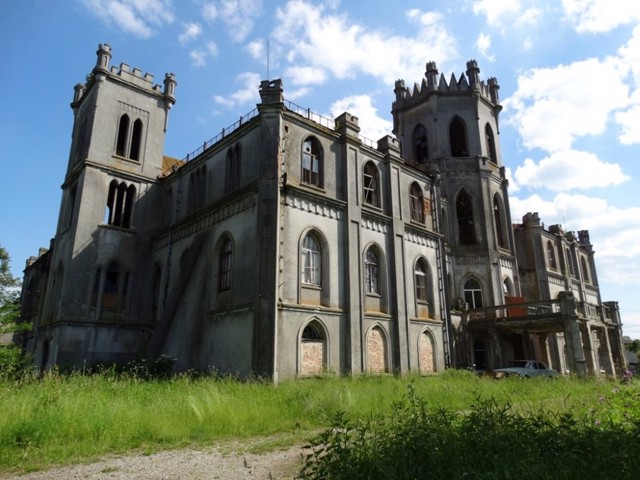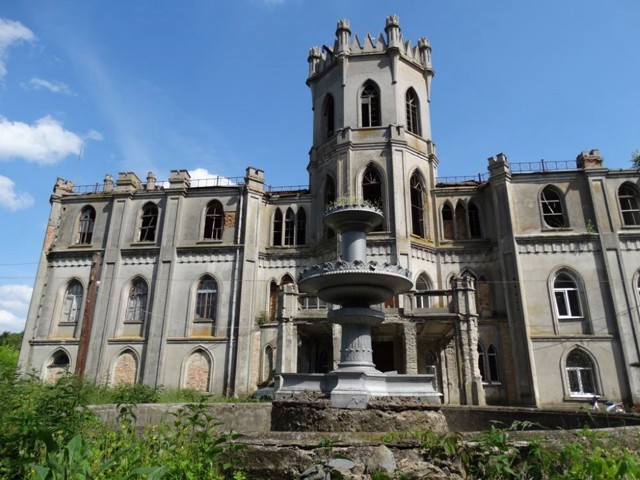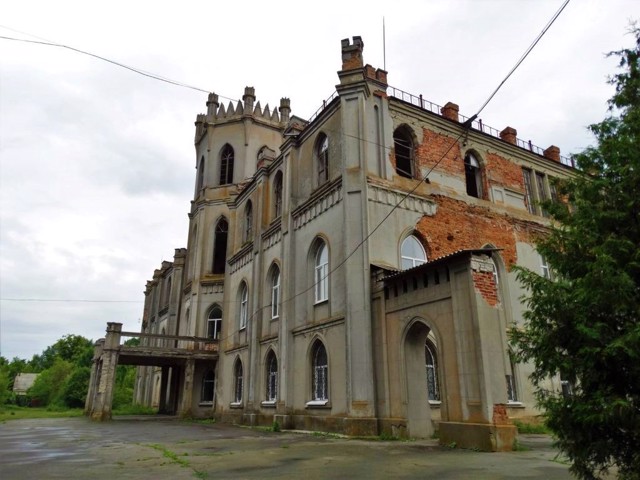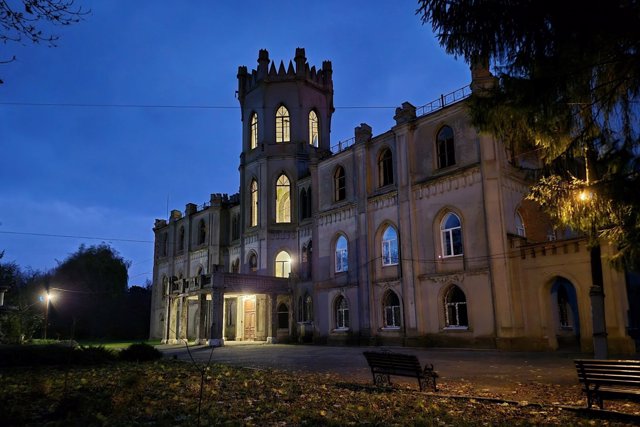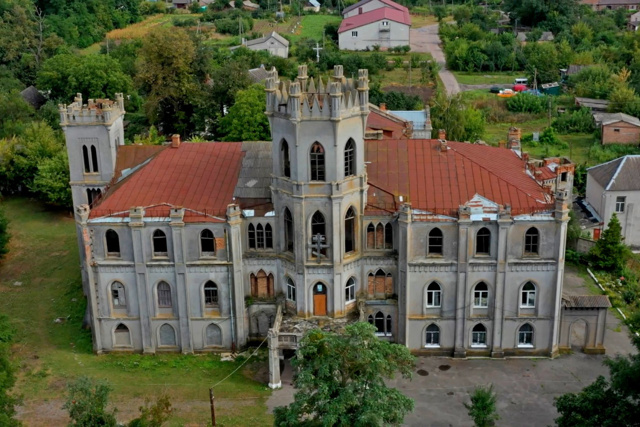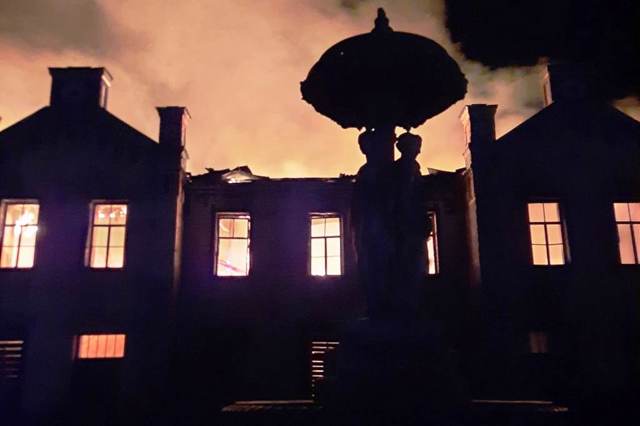Functional temporarily unavailable
General information about Chervone
The settlement Chervone on the Pustokha River is located 25 kilometers northeast of Berdychiv, 15 kilometers from Andrushivka. One of the centers of the sugar industry of Zhytomyr Region.
According to legend, the name is connected with the fairs that were held here and at which Chervone (beautiful, high-quality) goods were traded, including red fabrics. According to another version, there were deposits of red clay in the vicinity of the village.
Chervone was founded in 1624 by the Brest-Lithuania voivode Yanush Tyshkevych. The village is mentioned in documents in 1737. From the end of the 18th century, it was owned by the Hrok ...
The settlement Chervone on the Pustokha River is located 25 kilometers northeast of Berdychiv, 15 kilometers from Andrushivka. One of the centers of the sugar industry of Zhytomyr Region.
According to legend, the name is connected with the fairs that were held here and at which Chervone (beautiful, high-quality) goods were traded, including red fabrics. According to another version, there were deposits of red clay in the vicinity of the village.
Chervone was founded in 1624 by the Brest-Lithuania voivode Yanush Tyshkevych. The village is mentioned in documents in 1737. From the end of the 18th century, it was owned by the Hrokholsky magnates, who built a grand neo-Gothic palace here.
At the beginning of the 20th century, the new owners from the Tereshchenko family rebuilt the palace using modern materials and technologies. Now the building has been handed over to the Nativity of Christ women's monastery.
The complex of buildings of the Tereshchenko sugar factory is still used today. Here Fedir Tereshchenko conducted experiments in aircraft construction, establishing the production of aircraft.
Селище Червоне на річці Пустоха розташоване в 25 кілометрах на північний схід від Бердичева, в 15 кілометрах від Андрушівки. Один з центрів цукрової промисловості Житомирщини.
За легендою, назва пов'язана ярмарками, які тут проводили і на яких торгували Червоним (красивим, якісним) товаром, в тому числі червоними тканинами. За іншою версією, в околицях села були поклади червоної глини.
Червоне засноване в 1624 році воєводою брест-литовським Янушем Тишкевичем. В документах село згадується в 1737 році. З кінця XVIII сторіччя знаходилося у власності магнатів Грохольських, які побудували тут грандіозний палац в стилі неоготики.
...Селище Червоне на річці Пустоха розташоване в 25 кілометрах на північний схід від Бердичева, в 15 кілометрах від Андрушівки. Один з центрів цукрової промисловості Житомирщини.
За легендою, назва пов'язана ярмарками, які тут проводили і на яких торгували Червоним (красивим, якісним) товаром, в тому числі червоними тканинами. За іншою версією, в околицях села були поклади червоної глини.
Червоне засноване в 1624 році воєводою брест-литовським Янушем Тишкевичем. В документах село згадується в 1737 році. З кінця XVIII сторіччя знаходилося у власності магнатів Грохольських, які побудували тут грандіозний палац в стилі неоготики.
Нові власники з роду Терещенків на початку XX століття перебудували палац із застосуванням сучасних матеріалів і технологій. Зараз будівлю передано жіночому монастирю Різдва Христового.
Комплекс споруд цукрового заводу Терещенків використовується понині. Тут Федір Терещенко проводив досліди з авіабудування, налагодивши виробництво літаків.
Сплануй своє перебування у Chervone
What to see and where to go in Chervone
Tourist attractions and museums of Chervone
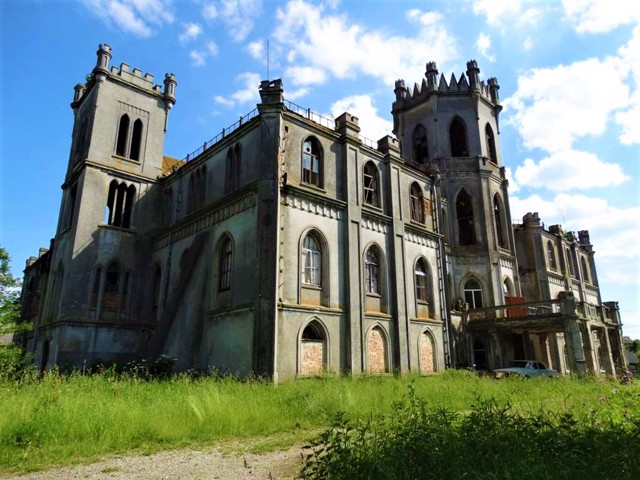
Tereshchenko Palace
Palace / manor , Architecture
The Tereshchenko family palace in the village of Chervone near Berdychiv is one of the most interesting architectural monuments of the Zhytomyr region. A large, albeit badly dilapidated, three-story neo-Gothic house with two towers contrasts sharply with the surrounding agricultural landscape of the village.
The palace with pointed windows and other Gothic elements was built by the magnate Adolf Norbert Erasmus Grocholski, who owned Chervone in the 18th-19th centuries.
At the end of the 19th century, the estate was purchased from Princess Wanda Radziwill by the sugar manufacturer Mykola Tereshchenko, who later sold (or transferred) it to his brother Fedir Tereshchenko, who reconstructed the palace and the sugar factory located next door. His son Fedir Tereshchenko Jr. opened an aircraft workshop at the factory at the beginning of the 20th century, where in 1913 the production of airplanes for the military department was established. Now the plant has a small museum dedicated to the history of aircraft construction and the Tereshchenko family.
In Soviet times, the palace housed a vocational school, and the outbuildings housed production workshops. Later, for a long time, the dilapidated building belonged to the Zhytomyr diocese of the UOC of the Moscow Patriarchate, the Chervonensky Convent of the Nativity of Christ was opened in it, but no restoration work was carried out.
In 2024, the Tereshchenko palace in Chervone was returned to state ownership. The building is now under the care of the public organization "Chervone Touristic", the Grocholski Art Space is open in the premises, and emergency and conservation work is being carried out.
On the territory you can see a non-working fountain, which used to be decorated with four fish. Another fountain with a unique cast-iron sculpture "Three Graces", which Tereshchenko ordered from France, is now standing on the square in front of the building of culture.
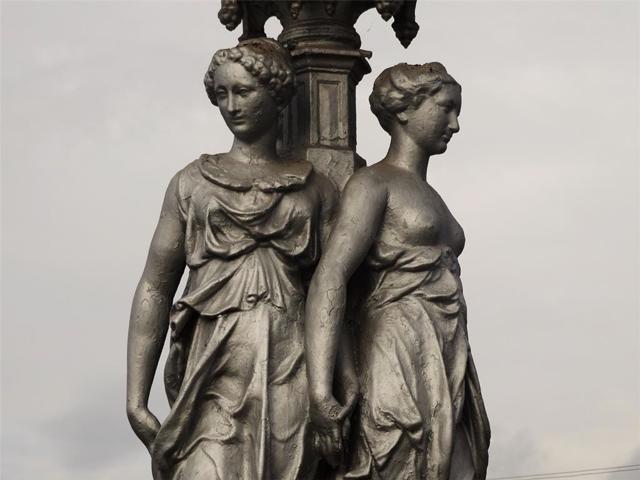
Three Graces Fountain
Monument
Before the Bolshevik coup of 1917, the sculptural composition "Three Graces" decorated the fountain in front of the Tereshchenko Palace in Chervone.
A cast-iron copy of the work of the French sculptor Zhermen Pilon from Versailles was made in Paris by order of a sugar factory, aircraft designer and philanthropist Fedir Tereshchenko, who lived in Chervone.
Currently, the sculpture stands on the square in front of the old building of culture that burned on the night of October 18, 2023.
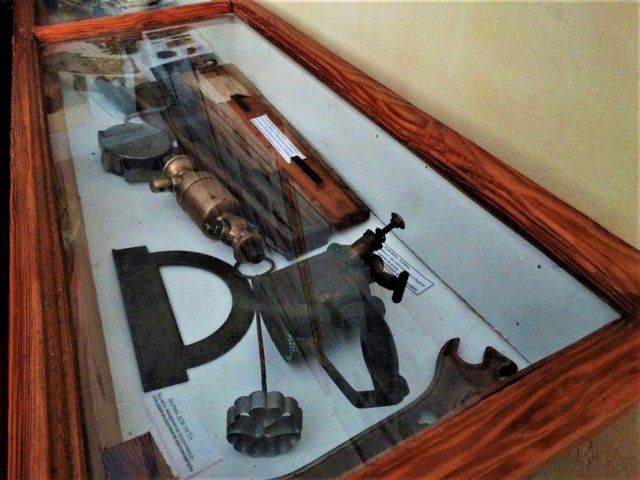
Sugar Factory Museum
Architecture , Museum / gallery
In the 19th century, the Tereshchenko family of industrialists bought the sugar factory in Chervone from the landowners Hrokholsky. They modernized the plant in accordance with advanced technologies at that time.
Fedir Tereshchenko, who was fond of aircraft construction, founded an aviation workshop at the plant. The hippodrome was used as an airfield. In 1910, seven aircraft were built on the basis of French "cases", one of which fought in the Russian army during the First World War. Ihor Sikorskyi, one of the fathers of world aviation, worked as an engineer at the enterprise, who later created the largest airplane of that time, "Illya Muromets", at the expense of Tereshchenko.
After the Bolshevik coup of 1917, the plant was nationalized, and later a museum of the enterprise was opened on the territory.
In recent years, the exposition has been supplemented with materials about the Tereshchenko family and their contribution to aircraft construction. Apply to the pass-through.
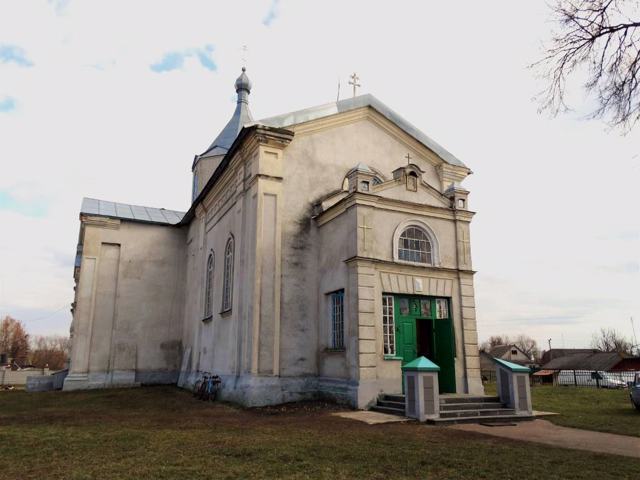
Saint Nicholas Church
Temple , Architecture
Saint Nicholas Church at Bazarna Square in Chervone was built in 1877 at the expense of landowner Fedir Tereshchenko, other parishioners and the treasury.
The stone temple was originally five-story, but in Soviet times it was deprived of domes. Currently, only the central one has been restored.
A carved iconostasis made of Carrara marble, similar to the one in Tereshchenko's ancestral temple in Hlukhiv, has been preserved.
Chervone in news and blogs
Reviews Chervone
Geographical information about Chervone
| {{itemKey}} | {{itemValue}} |
|---|---|
| Region |
Zhytomyr |
